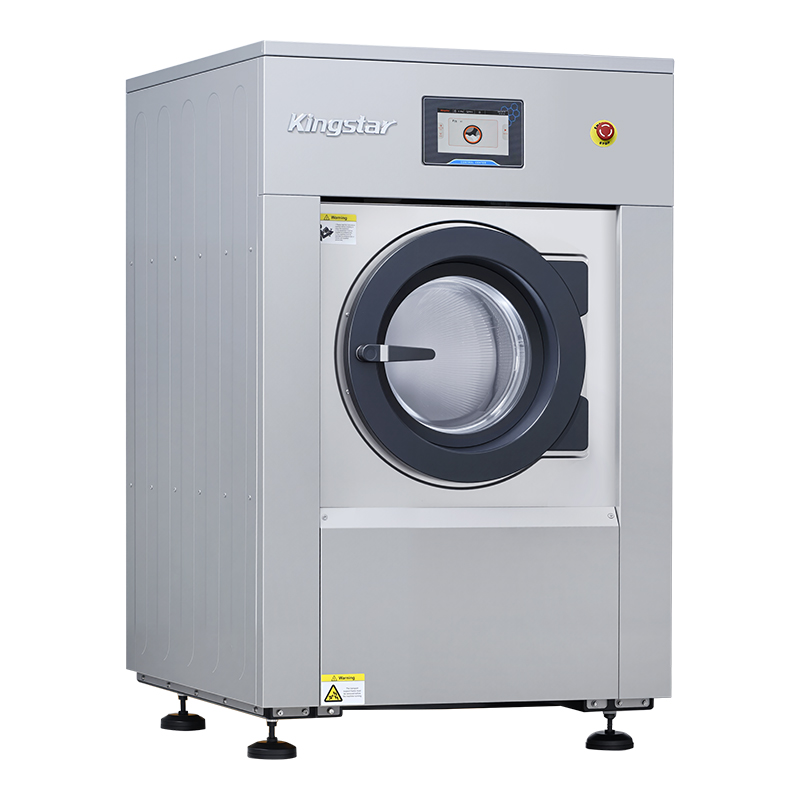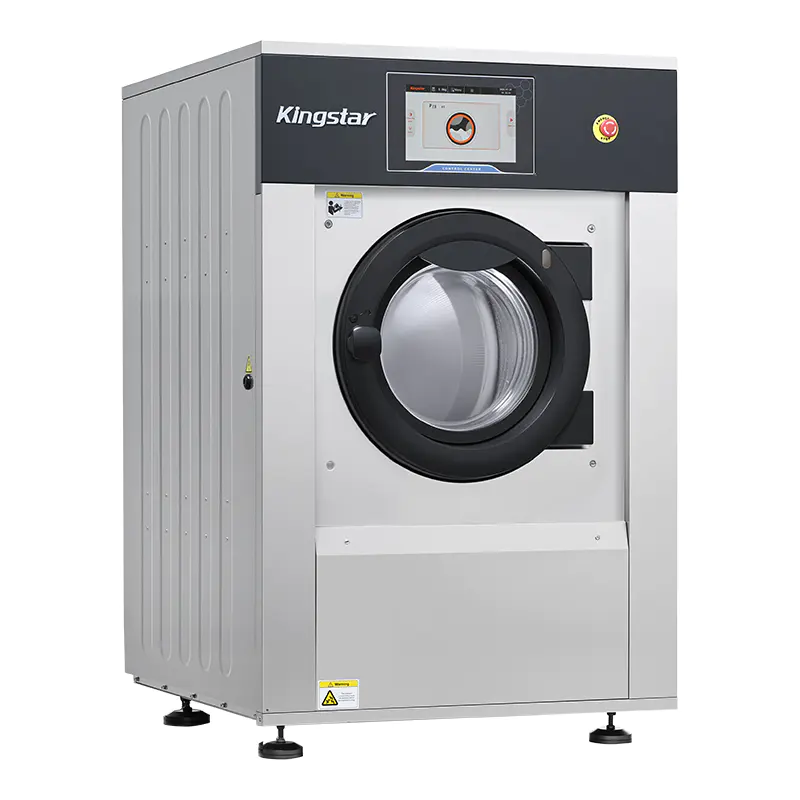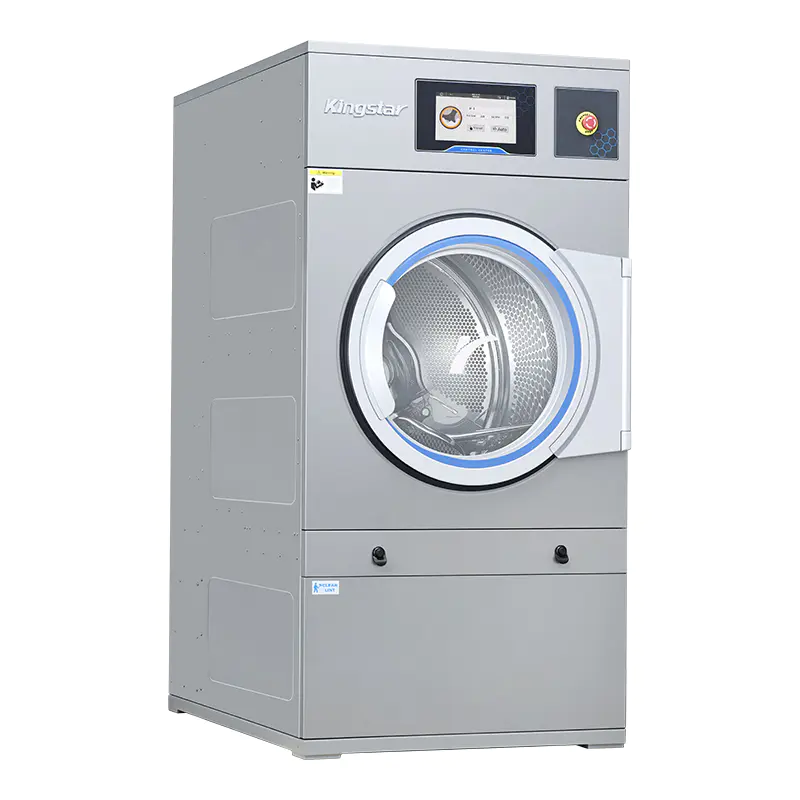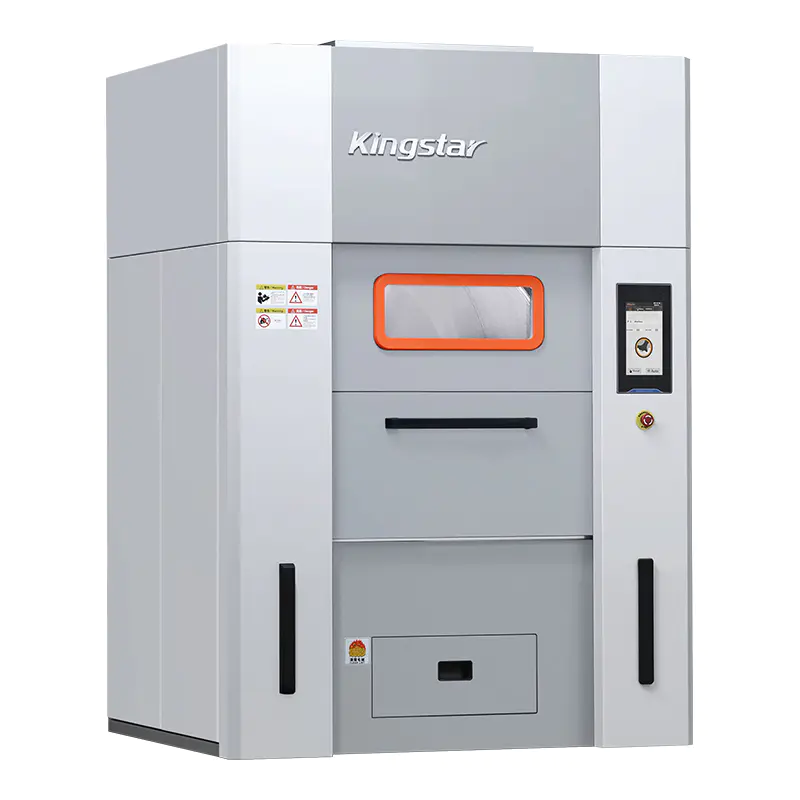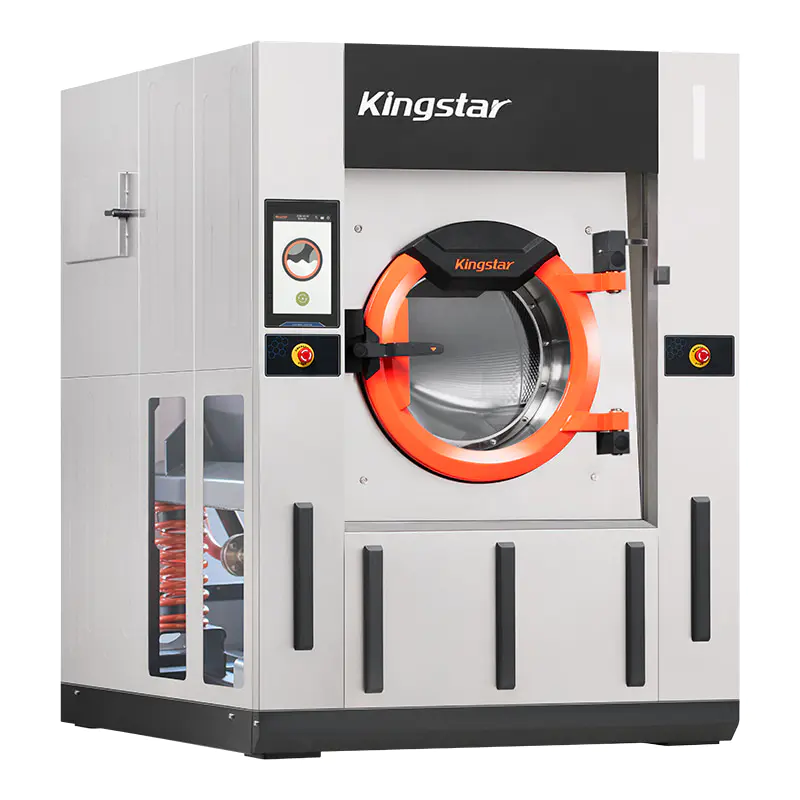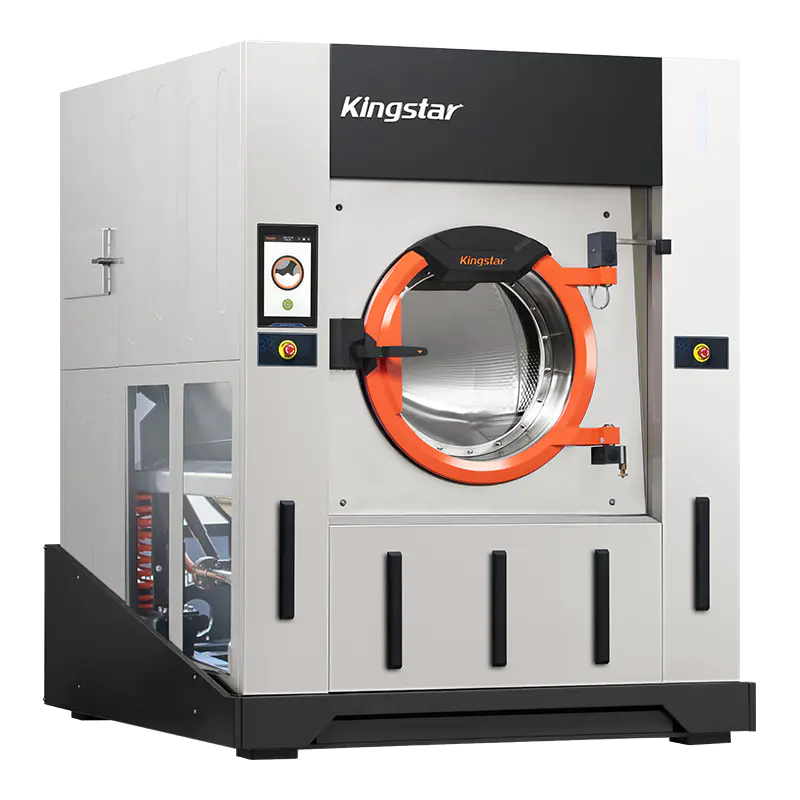
7 Digital Strategies to Boost Laundry Plant Productivity
In laundry plants, problems like clothes damage, equipment failure, or increasing costs of water, steam, and so on are very common. Actually, 80% of efficiency problems lie in these links. After investigating several laundry plants, we found that the laundry plants with 7 changes can not only increase their productivity but also decrease their running costs. Let’s see how it works:
Laundry Equipment Upgrade
The energy consumption of old washing machines (over 5 years) is 40% higher than that of the new machines. (Data from the China Laundry Association). The old equipment may have longer heating time due to the accumulation of scale. Also, they may have lower efficiency because of the wear of components.
● Upgrade Solution
Replace the old machines with more intelligent equipment like wet cleaning machines with program editing functions and dryers can not only achieve the full automation of the laundry process but also make the following drying process more effective and energy-saving.
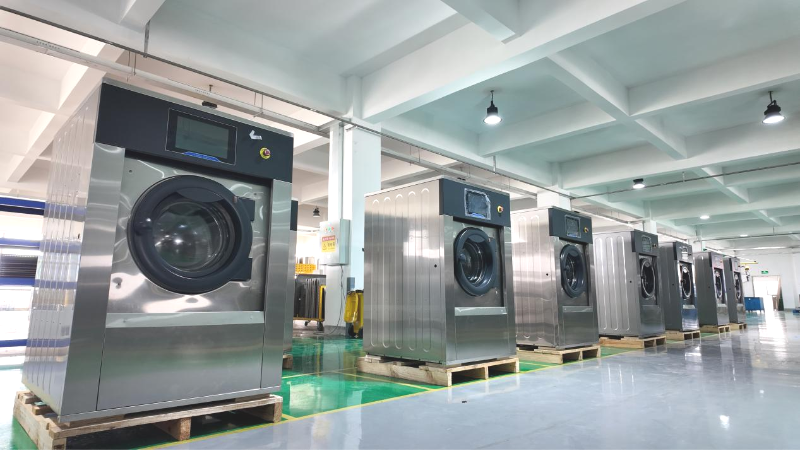
Training Investment
The ROI rate of the training investment is 300%. The employees’ proficiency and their mastery of new technologies have a great impact on the overall efficiency of the laundry plants. However, if the employees have not upgraded their skills, the overall efficiency will not increase because of improper operation or inability to use even with more effective equipment.
● The chain laundry brand’s data shows:
Untrained employees: monthly operation failure: 4.2 times
After Training: monthly operation failure: 0.7 times
The Accurate Control of Detergents
If the laundry plants use the traditional way of adding the detergents by hand, there is always phenomenon that excessive addition and insufficient addition. Most laundry plants often have the condition of excessive addition due to the concerns about . This not only increases the costs but also increases the residue on the clothes, having an bad impact on the feel of the clothes and wearing experience.
For wet cleaning machines, we recommend to install the automatic dispenser, which effectively save the detergents 5% to 15%.
The Equipment Maintenance Form
The daily, weekly, monthly, and yearly maintenance forms should be made separately according to the different types of machines. The registration tasks should be done to check the work themselves. In addition, concentrated inspections and maintenance of laundry equipment should be carried out before and after the annual laundry peak season to improve the machine performance and service life.
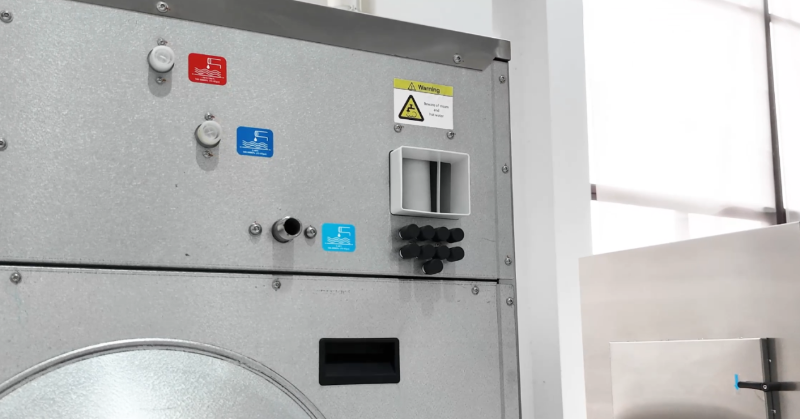
Industrial Washing Machines with High Dehydration Rates
The industrial washing machines with high dehydration rates have a great impact on the subsequent drying efficiency and energy consumption. The traditional industrial washing machines have a 260G to 300G dewatering factor. Kingstar industrial washing machines and Kingstar wet cleaning machines all have a 400 G dewatering factor. This means the water content of the clothes can be reduced by 15% to 20%. In this condition, the following drying can have less steam consumption and a shorter drying time.
Dryers with Humidity Control
Traditional dryers generally have a set drying time. This may cause the excessive drying of the clothes and make them yellow and stiff, or still wet. Some employees are afraid of excessive drying of their clothes and use their hands to check the degree of drying. This is not only inefficient but also risky. Kingstar intelligent dryers have a humidity control system. This technology can control the drying process with drying time, temperature, and the humidity of the air outlet. It ensures the drying of clothes and avoids the waste of steam. There is no need for the employees to test whether it is dry or not.
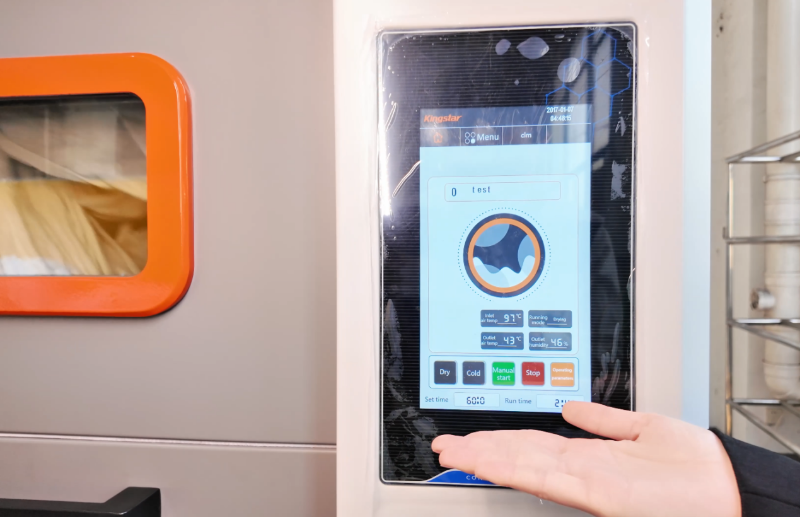
Space Design
There are four steps for optimizing the flow line
The entrance of dirty clothes to the sorting area≤ 3 meters.
The flow line from washing to drying is a U pattern.
The ironing area and the folding area are back-to-back.
The exit of clean clothes is designed with a dual-layer buffer channel.
The above are 7 digital transformation strategies. We hope this article is helpful!
ADD:No.388 Xinggang Road, Chongchuan District, Nantong City, 226000, Jiangsu Province, China.
-
Phone: +86-13917089379
-
Tel:+86-13917089379
-
Fax:+86-0513-85663366
-
E-mail:[email protected]
